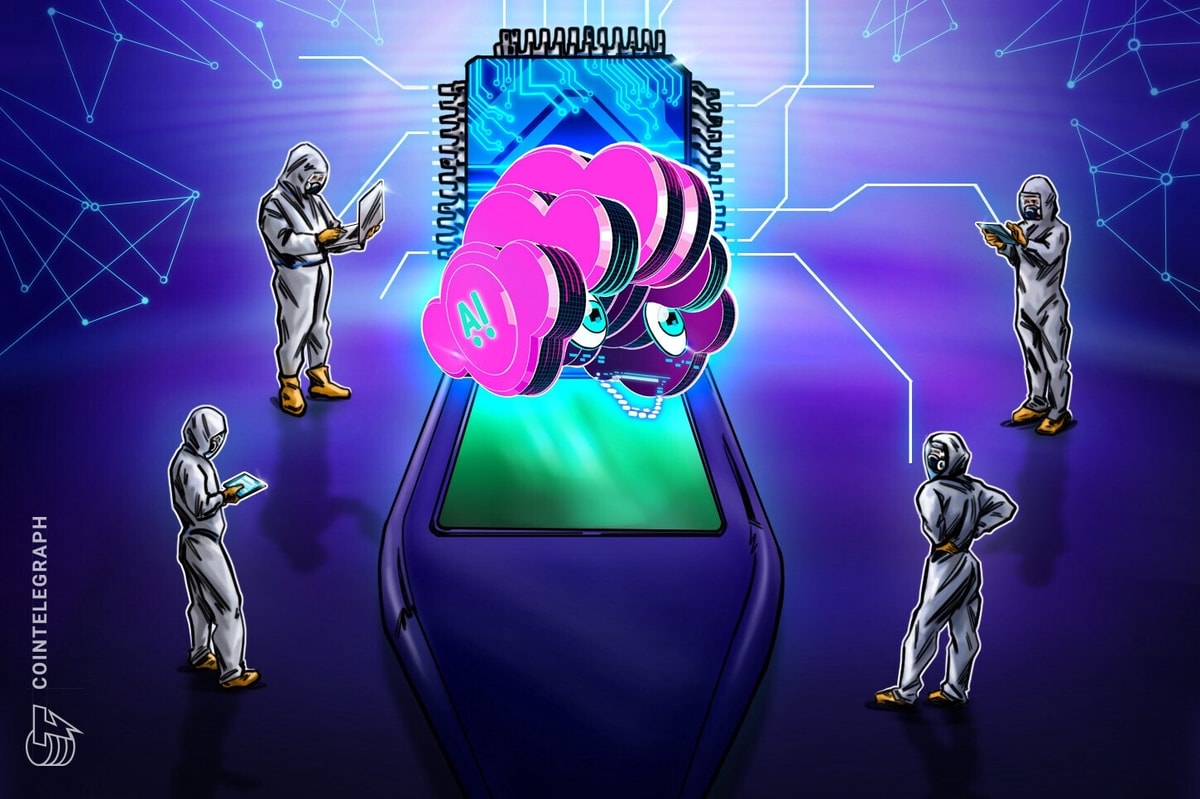
Prominent token that has been extremely popular among influencers and investors will face some issues in future
Blur (BLUR) token, the native governance token of Blur, a unique non-fungible token (NFT) marketplace and aggregator platform, is potentially facing a significant problem with the Season 2 BLUR airdrops of 300 million tokens in the foreseeable future. The airdrops will double the current circulating supply, which may result in a 50% decrease in the value of the token when it drops.
Blur’s NFT platform offers advanced features, such as real-time price feeds, portfolio management and multi-marketplace NFT comparisons, claiming to have faster NFT sweeps and a more intuitive interface than other comparable platforms.
300M+ BLUR will be distributed to the community in Season 2.
What’s the secret to maximizing rewards? Loyalty.
Users with 100% loyalty have the highest chances of Mythical Care Packages, which are worth 100x Uncommon Care Packages.
Here are 3 ways to maximize your loyalty
pic.twitter.com/Cgiemrvpxh
— Blur (@blur_io) February 21, 2023
Level 1 users who participated in the airdrops by spending gas and accumulating trade volume may not feel the impact as much as Level 2 users who saw the high trade volume and thought that the project was solid based on this metric. These Level 2 users may have bought the token and eventually dumped it, causing downward pressure on the token’s price.
In a previous article, we reported that a prominent Blur supporter, Arthur Hayes, was involved in purchasing selling operations and influencer shilling to promote the platform. However, with the upcoming airdrops, it remains to be seen how the BLUR token will perform on the market.
Investors should be aware that the Season 2 BLUR airdrops, which will double the current circulating supply, may significantly impact the value of the BLUR token. This increase in supply will lead to a higher supply-to-demand ratio, which can put downward pressure on the token’s price. As a result, investors may opt for more stable alternatives, leading to lower demand for the token.
Read More: u.today









 Bitcoin
Bitcoin  Ethereum
Ethereum  Tether
Tether  XRP
XRP  Solana
Solana  USDC
USDC  Dogecoin
Dogecoin  Cardano
Cardano  TRON
TRON  Lido Staked Ether
Lido Staked Ether  Sui
Sui  Wrapped Bitcoin
Wrapped Bitcoin  Chainlink
Chainlink  Avalanche
Avalanche  Stellar
Stellar  Wrapped stETH
Wrapped stETH  Bitcoin Cash
Bitcoin Cash  Shiba Inu
Shiba Inu  LEO Token
LEO Token  Hedera
Hedera  USDS
USDS  Toncoin
Toncoin  Hyperliquid
Hyperliquid  Litecoin
Litecoin  Polkadot
Polkadot  WETH
WETH  Monero
Monero  Bitget Token
Bitget Token  Binance Bridged USDT (BNB Smart Chain)
Binance Bridged USDT (BNB Smart Chain)  Wrapped eETH
Wrapped eETH  Ethena USDe
Ethena USDe  Coinbase Wrapped BTC
Coinbase Wrapped BTC  Pi Network
Pi Network  WhiteBIT Coin
WhiteBIT Coin  Pepe
Pepe  Bittensor
Bittensor  Dai
Dai  Uniswap
Uniswap  Aptos
Aptos  sUSDS
sUSDS  NEAR Protocol
NEAR Protocol  OKB
OKB  Ondo
Ondo  Aave
Aave  BlackRock USD Institutional Digital Liquidity Fund
BlackRock USD Institutional Digital Liquidity Fund  Cronos
Cronos  Ethereum Classic
Ethereum Classic  Gate
Gate  Internet Computer
Internet Computer